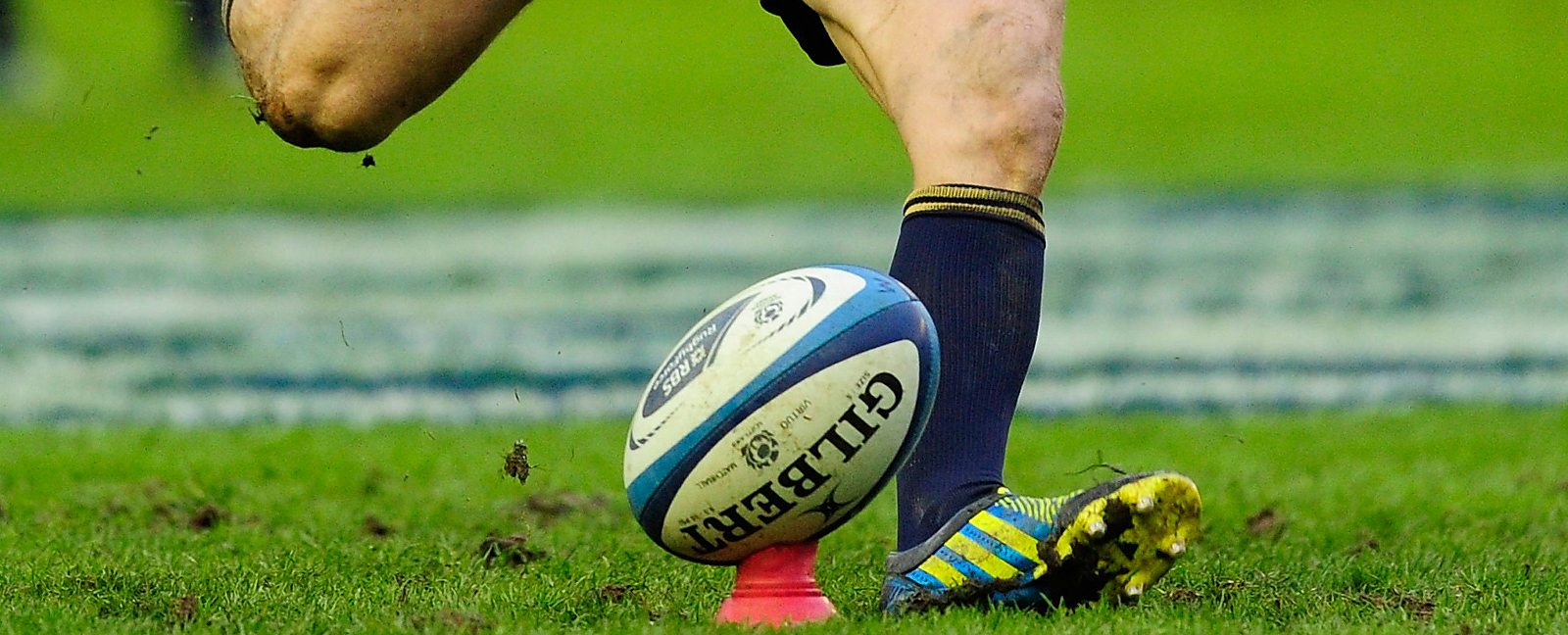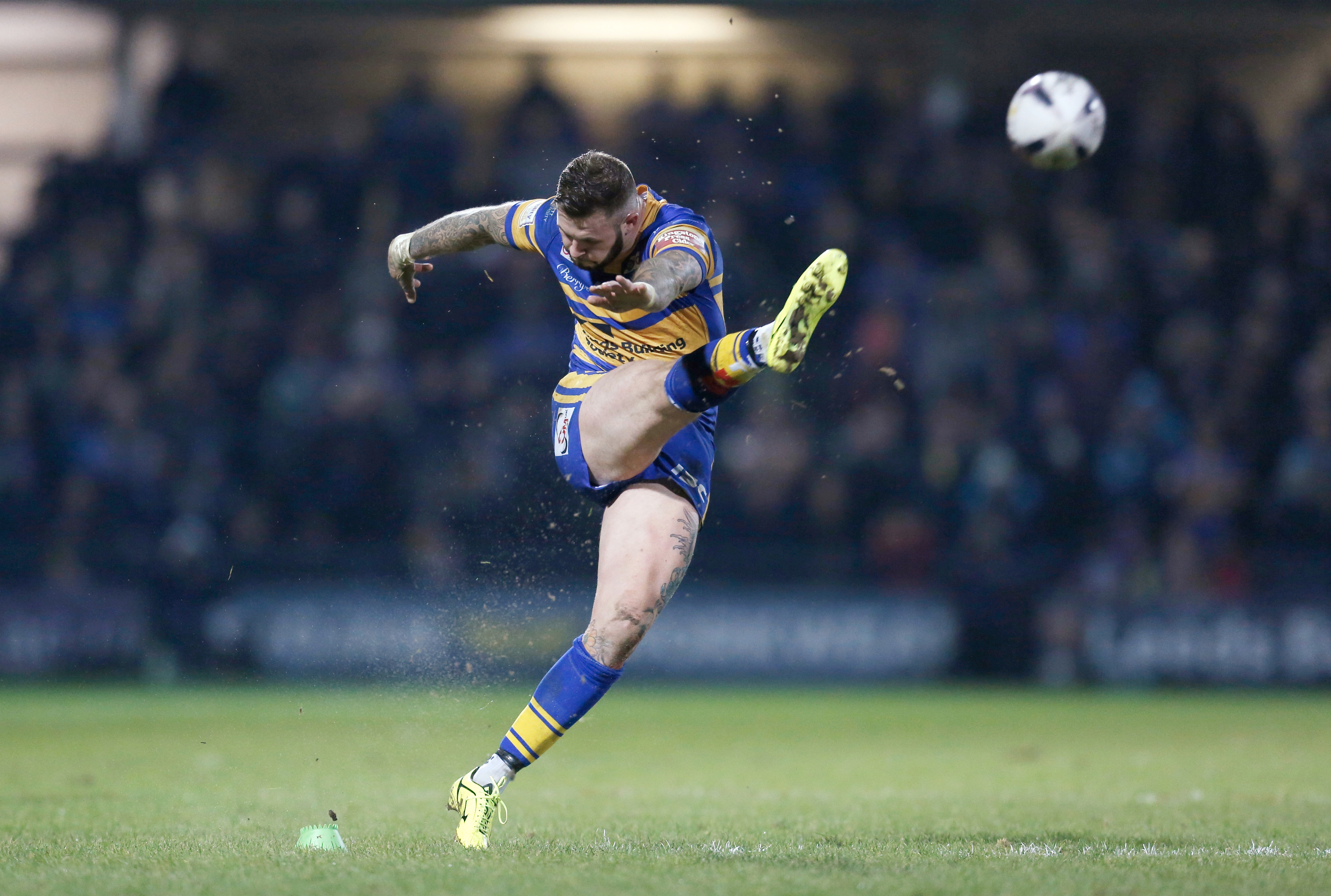Rugby kick points are a crucial aspect of the game, providing a strategic advantage in both attack and defense. From towering drop goals to precise cross-field kicks, this guide delves into the intricacies of rugby kicking, empowering players to elevate their performance on the field.
Delve into the mechanics, techniques, and strategies that underpin successful rugby kicks, unlocking the secrets to accuracy, distance, and power.
Types of Rugby Kicks

Rugby kicks are a crucial aspect of the game, serving various purposes such as gaining territory, scoring points, and preventing the opposition from advancing. There are numerous types of kicks in rugby, each with its unique mechanics and objectives. This comprehensive guide will delve into the different types of rugby kicks, explaining their purpose, mechanics, and providing visual aids for better understanding.
Types of Rugby Kicks
The following table presents an overview of the different types of rugby kicks, along with their purpose, mechanics, and visual aids:
| Kick Type | Purpose | Mechanics | Diagram/Video |
|---|---|---|---|
| Drop Kick | To score points or gain territory | The ball is dropped from the hands and kicked as it bounces off the ground. | [Diagram or video of a drop kick] |
| Punt Kick | To gain territory and force the opposition to defend deep in their own half. | The ball is held in one hand and dropped to the ground before being kicked. | [Diagram or video of a punt kick] |
| Grubber Kick | To kick the ball low and along the ground, often used to force the opposition to make a mistake or concede a penalty. | The ball is held in one hand and dropped to the ground before being kicked with a low trajectory. | [Diagram or video of a grubber kick] |
| Up and Under Kick | To gain territory by kicking the ball high into the air and chasing it down. | The ball is held in one hand and kicked high into the air, with the kicker running forward to chase it. | [Diagram or video of an up and under kick] |
| Cross-field Kick | To move the ball from one side of the field to the other, often used to create an attacking opportunity. | The ball is kicked across the field, often targeting a teammate in space. | [Diagram or video of a cross-field kick] |
| Penalty Kick | To score points after the opposition has committed a penalty. | The ball is placed on a kicking tee and kicked between the goalposts. | [Diagram or video of a penalty kick] |
| Conversion Kick | To score two points after a try has been scored. | The ball is placed on a kicking tee and kicked between the goalposts. | [Diagram or video of a conversion kick] |
| Drop Goal | To score three points during general play. | The ball is dropped from the hands and kicked as it bounces off the ground, similar to a drop kick, but during general play. | [Diagram or video of a drop goal] |
Key Points in Rugby Kicking: Rugby Kick Points
Successful rugby kicks hinge on a combination of technical prowess and strategic execution. Several key points contribute to a well-executed kick:
- Stance:A balanced and stable stance provides a solid foundation for the kick. The kicker’s feet should be shoulder-width apart, with the kicking foot slightly ahead of the other. The knees should be slightly bent, and the body weight evenly distributed.
- Grip:The grip on the ball is crucial for control and accuracy. The kicker should grip the ball with their fingertips, ensuring a firm but not overly tight hold. The thumbs should be placed on the sides of the ball, providing stability.
- Approach:The approach to the kick is as important as the kick itself. The kicker should take several steps forward, gradually increasing their pace. The final step should be a powerful drive, transferring the momentum into the ball.
- Follow-through:The follow-through completes the kicking motion and ensures accuracy. The kicker should extend their kicking leg fully and follow through with their foot in the direction of the intended kick. This helps to guide the ball and maintain its trajectory.
Mastering these key points requires practice and dedication. By focusing on these technical aspects, rugby kickers can improve their accuracy, distance, and overall effectiveness.
Techniques for Improving Rugby Kicking
To excel in rugby kicking, mastering the techniques is crucial. This involves improving accuracy, distance, and power. This section presents proven techniques, drills, exercises, and training methods to enhance kicking skills.
Drills and Exercises
- Tee Kicking:Using a kicking tee helps focus on accuracy and technique, as the ball is held at a consistent height.
- Line Kicking:Practicing kicking from different distances along a line improves consistency and control.
- Drop Kicking:Dropping the ball and kicking it as it bounces develops timing, accuracy, and power.
Training Methods
- Plyometric Exercises:Exercises like box jumps and depth jumps enhance leg power, which is essential for distance and power in kicking.
- Flexibility and Mobility Training:Improving flexibility and mobility in the hips, legs, and ankles promotes proper kicking form and reduces risk of injury.
- Visualization and Mental Training:Visualizing successful kicks and practicing mental routines helps build confidence and focus during game situations.
Additional Techniques
- Use a Non-Dominant Foot:Developing kicking skills with both feet enhances versatility and adaptability.
- Analyze Kicking Mechanics:Recording and analyzing kicks allows for identification of areas for improvement in technique.
- Study Elite Kickers:Observing and learning from successful kickers provides valuable insights and inspiration.
Common Mistakes in Rugby Kicking

Rugby kicking is a crucial skill that requires precision, technique, and consistency. However, several common mistakes can hinder players from achieving optimal performance. Understanding these mistakes and implementing corrective measures is essential for improvement.
Mistakes in rugby kicking can stem from various factors, including improper technique, lack of practice, and psychological barriers. The consequences of these mistakes can range from missed kicks to potential injuries. By identifying and addressing these common errors, players can significantly enhance their kicking accuracy and overall gameplay.
Incorrect Stance and Approach
- Standing too close or too far from the ball:Incorrect positioning can affect the accuracy and power of the kick.
- Inadequate approach angle:The angle of approach should be aligned with the intended trajectory of the ball.
- Poor body alignment:The player’s body should be aligned in a straight line from the kicking tee to the target.
Technical Errors
- Incorrect kicking motion:The kicking motion should be fluid and involve a proper swing of the kicking leg.
- Striking the ball with the wrong part of the foot:The ball should be struck with the inside of the kicking foot.
- Excessive backswing:An overly exaggerated backswing can lead to loss of accuracy and control.
Mental Factors
- Hesitation or lack of confidence:Mental barriers can interfere with a player’s ability to execute a kick effectively.
- Focusing on the outcome rather than the process:Dwelling on the potential result of the kick can lead to distractions and decreased focus.
- Ignoring the wind conditions:Failing to account for wind direction and speed can significantly affect the trajectory of the ball.
Advanced Rugby Kicking Strategies
Professional rugby players employ advanced kicking strategies to gain a tactical advantage and score points. These strategies include cross-field kicks, chip kicks, and grubber kicks, each with its unique purpose and execution.
Cross-Field Kicks
Cross-field kicks are long, diagonal kicks that aim to move the ball from one side of the field to the other. They are typically used to gain territory, create scoring opportunities, or relieve pressure.
Chip Kicks
Chip kicks are short, high kicks that are intended to land behind the opposition’s defense. The goal is to force the defenders to retreat and give the attacking team time and space to advance the ball.
Grubber Kicks
Grubber kicks are low, rolling kicks that are designed to stay close to the ground. They are often used to exploit gaps in the defense or to force a turnover.
| Strategy | Description | Example/Diagram |
|---|---|---|
| Cross-Field Kick | A long, diagonal kick to move the ball from one side of the field to the other. | [Insert diagram of a cross-field kick] |
| Chip Kick | A short, high kick to land behind the opposition’s defense. | [Insert diagram of a chip kick] |
| Grubber Kick | A low, rolling kick to stay close to the ground. | [Insert diagram of a grubber kick] |
Rugby Kicking in Different Game Situations
Rugby kicking plays a crucial role in various game situations, influencing the flow of the game and determining its outcome. It is employed strategically for both attacking and defending purposes, as well as in set pieces.
Attacking Kicks
- Cross-field Kick:A kick that travels across the field, aimed at finding space on the opposite wing for a teammate to chase and potentially score.
- Chip Kick:A short, high kick over the defensive line, allowing the kicker’s team to regain possession in a more advantageous position.
- Up-and-Under:A high kick over the defensive line, with the kicker’s team following up to contest for possession in the air.
Defending Kicks
- Clearance Kick:A long, high kick aimed at clearing the ball from the defending team’s territory.
- Contested Kick:A kick that is high and contestable, allowing the defending team to compete for possession in the air.
- Grubber Kick:A low, rolling kick that travels along the ground, often used to force the attacking team to slow down and regroup.
Set Piece Kicks, Rugby kick points
- Conversion Kick:A kick taken after a try is scored, worth two points if successful.
- Penalty Kick:A kick taken as a punishment for a team’s infringement, worth three points if successful.
- Drop Goal:A kick taken from a drop, worth three points if successful.
Physical and Mental Aspects of Rugby Kicking
Rugby kicking demands both physical and mental attributes. Physical aspects include strength, flexibility, and coordination, while mental aspects encompass concentration, decision-making, and visualization.
Physical Demands
- Strength:Powerful legs and core muscles are crucial for generating kicking power.
- Flexibility:Proper hip and leg flexibility allows for optimal range of motion and kicking technique.
- Coordination:Coordinated movements between the upper and lower body ensure accurate and efficient kicks.
Mental Demands
- Concentration:Maintaining focus during the run-up and execution is vital for precision.
- Decision-Making:Choosing the right kick type and execution based on game situations requires quick thinking.
- Visualization:Envisioning the successful kick improves confidence and technique.
Final Summary

Whether you’re a seasoned pro or a novice eager to improve, this comprehensive guide to rugby kick points will equip you with the knowledge and skills to dominate the field. Master the art of kicking, and watch your team soar to new heights.
Key Questions Answered
What are the key factors that influence successful rugby kicks?
Stance, grip, approach, and follow-through are essential elements for accurate and powerful kicks.
How can I improve my accuracy in rugby kicking?
Practice drills, such as tee kicks and target practice, can significantly enhance your accuracy.
What are some common mistakes to avoid in rugby kicking?
Incorrect foot placement, poor follow-through, and rushing the kick can hinder your performance.